Altus Mapping Engine™

The BA3 Altus Mapping Engine™ is the best mapping engine on the planet for iOS, Android, Windows 8, OSX and Web developers. Altus will allow you and your developers to radically improve the performance and capabilities of your mapping apps. Watch the video below for a description of the 10 most compelling features of this startling new mapping engine.
SDKs


Mapping Engine Feature Tour
Learn about the Capabilities of the BA3 Altus Mapping Engine™
Why Use Altus?
Are you developing an app that uses maps on iOS or Android? Or are you using MapKit or Route-Me style slippy maps and need to move your app to the next level? If so, the BA3 Altus Mapping Engine™ is a valuable tool for accelerating your app development cycle. We have a free SDK and tutorials available so you can try out the BA3 Altus Mapping Engine™ today. We are also happy to answer your questions at [email protected]
The BA3 Altus Mapping Engine™ allows you to accurately display any tile provider along with raster maps, charts, aerial photographs and other mapping assets on the earth’s spherical coordinate system. Terrain data is also available.
Feature Breakdown
1 Raster Tiles
Raster tiles are the work-horse of many of today’s mapping applications. The Altus Mapping Engine can render raster tiles faster and more fluidly than any other mapping system. It supports data from any tile source, including your own. Raster tiles can be served from online sources, or they can be downloaded, cached, and viewed offline. Tiles can be in a variety of common image formats or you can have Altus render your own format using the Altus tile provider API.
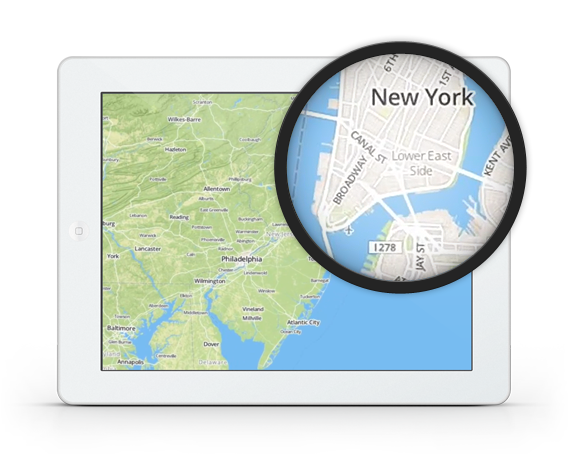
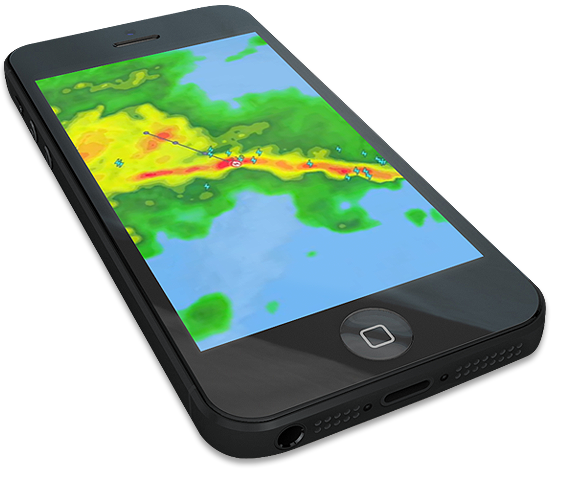
2 Animated Raster Tiles
Not only that, Altus can animate raster layers with a variety of animation techniques that you can control including frame rate, frame count, and inter-frame fading. It can composite animated layers over other layers allowing for many complex visualizations.
3 Custom Raster Maps
The Altus platform includes conversion programs that can easily convert existing maps and charts into the Altus optimized format. Any existing geotiff or geopdf in any projection can be converted for high speed online or offline display. Not only can you use your own custom raster maps, there are many publicly available raster maps that you can also embed or use in your application.
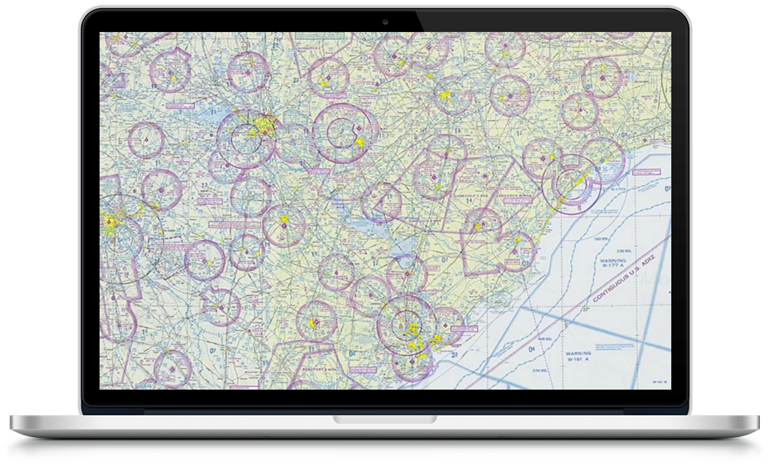
4 Vector Maps
Altus is the first platform to offer real-time high-speed rendering of large GIS vector data sources. This includes Open Street Map, Natural Earth, ESRI shape files, and your own custom vector data.
A comprehensive back-end tool chain allows the extraction and processing of road, highway, land, and point of interest data from almost any GIS data source. Large vector data sets can be distilled into very compact files so maps fit on the device and work offline. In fact, the entire planet Earth with all political boundaries, land-masses, and water bodies can be rendered with an Altus vector map file that is as small as 20 MB.
And because the data are never rasterized, it can be re-styled on the fly, without the need for large sets of raster tiles, or expensive server infrastructure. This also allows complex data visualization and animation scenarios with a minimal amount of overhead.
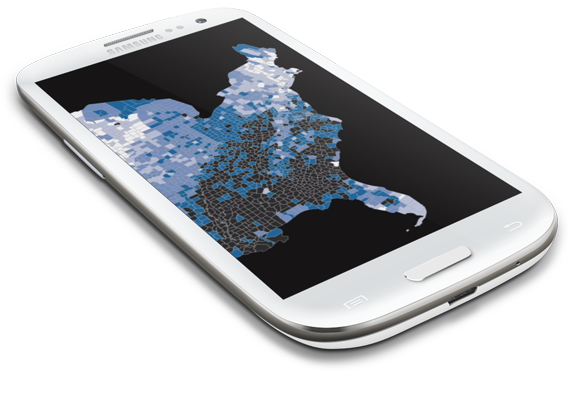
5 Vector Animation & Drawing System
Altus includes a comprehensive programmable vector drawing and animation system. Points, lines, polygons, and animated vector markers, combined with a powerful dynamic styling and animation system empower you to implement sophisticated user interface systems as well as present the user with complex data sets. Under the hood, Altus dynamically tessellates and renders your data so it looks correct when zoomed in closely or zoomed out to planetary scale. Altus provides the performance and accuracy that is essential for cockpit usage, navigation and route planning. you can call attention to points of interest, or warn of restricted areas or places with hazard indicators.
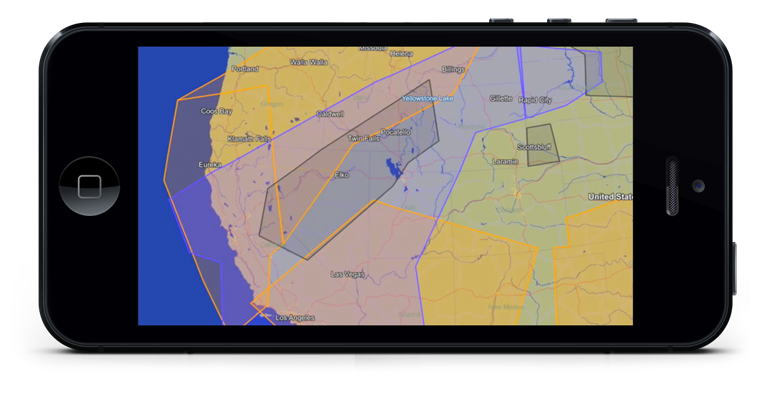
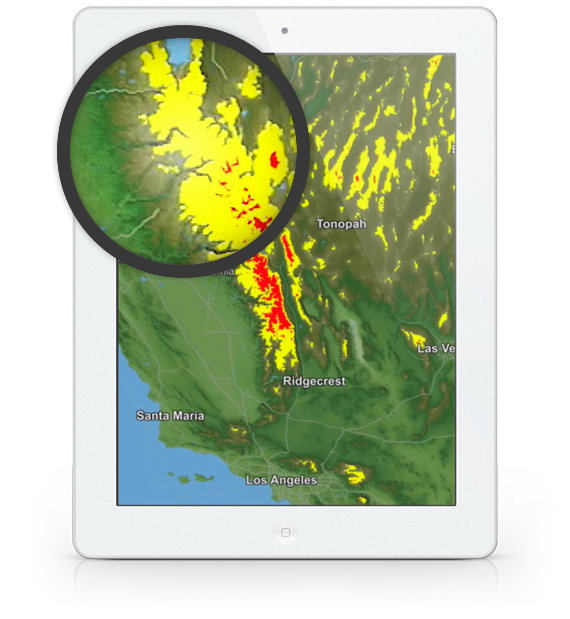
6 Terrain & Oceans
Altus provides a fully customizable terrain and ocean rendering system. Large terrain data sets as well a vector water and coastline data may be used to create accurate, dynamically shaded, terrain and water layers. Raw data can be converted into portable onboard formats that work offline in a variety of resolutions depending on your users needs. A programmable height color bar controls the styling of terrain and water data, and because the data are dynamically drawn, it may be restyled instantly at any time. This allows you to define your own world-wide look-and-feel or to recolor terrain dynamically based on altitude. In addition, any other map layer can be overlaid or dynamically blended with terrain and ocean layers to create sophisticated composite maps.
7 Markers
Altus has the most scalable and sophisticated geographic marker system available. Altus supports custom drawn or pre-rendered marker images. Marker layers may be static or dynamic, generated on the fly, or pre-generated offline and downloaded to the device.
Geographic location, anchor, rotation, and heading for each marker can be configured. Rotation can be screen-aligned so that a marker is always readable, especially useful for text, or markers may be true-north aligned so their respective rotation looks correct as the user pans and zooms. In addition, dynamic clustering is supported and each marker can be weighted based on its priority or importance. This allows you to put thousands of markers in close proximity and then direct the Altus mapping engine to dynamically fade them in and out based on relevance. Marker images can take the form of simple icons, or complex user interface components with hit-testable areas that act like buttons. Marker images can be pre-cached or loaded on the fly. Altus supports clustered dynamic LOD of marker layers with millions of markers, and it renders them while maintaining fluid user interaction.
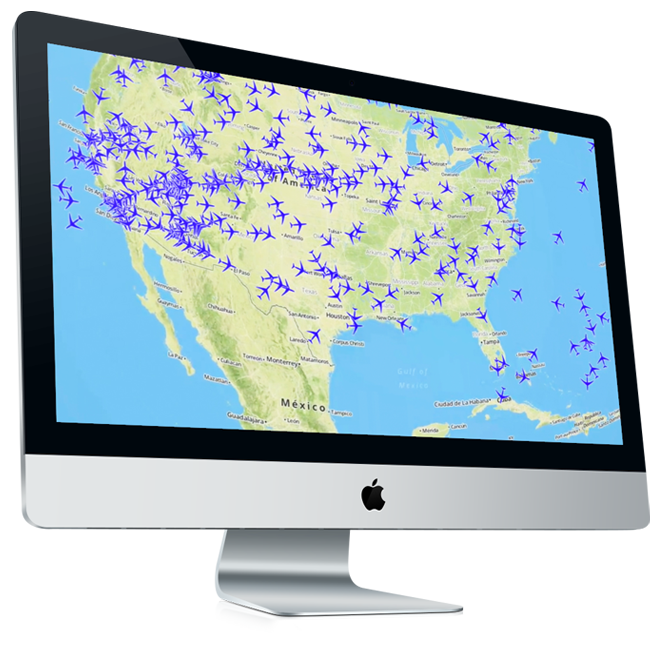
8 Animated Markers
Altus offers dynamic marker layers. In a dynamic marker layer, a geographic marker can be programmatically repositioned or rotated at any time. This can be an instantaneous change, or it can be animated. Animated markers combined with animated vector circles allow you to provide powerful own-ship indicators or to track multiple moving targets on any map.
9 Animated Virtual Camera
Altus provides a powerful touch interface and virtual camera system. Panning, zooming, and tapping gestures provide a fluid user experience and are easy to customize. In addition, you can also seamlessly transition from the traditional north-up view to track-up or track forward modes. In these modes, heading determines map rotation giving users a more realistic depiction of the area they are in. Track-up forward fills more of the viewing area with the content that is along the existing heading. Track-up camera modes, combined with vector maps and dynamic marker layers, present an accurate and readable depiction based on current heading. And because these modes and transitions in and out of the modes are fully animated, the experience is seamless to the user.
10 Developer Support
Another key to your success with BA3's Altus Mapping Engine is the availability of extensive developer support. The BA3 engineering team stands behind its work. Our enterprise partners, customers, and licensees receive priority support for integration and implementation, a comprehensive road-map of new features we are building, and the platforms we will support in the future. The Altus SDK comes complete with comprehensive documentation, tutorials, videos, and sample applications. And, it is all available online right now. You can get started developing amazing mapping applications for iOS today!
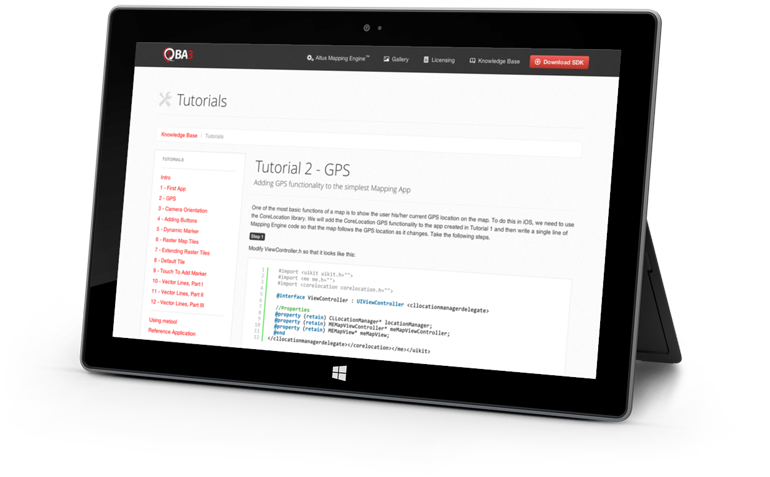
If you have questions about Altus products and services, the demonstration code or licensing, please contact us at: [email protected]
Any feedback, comments or suggestions that you have would also be greatly appreciated.




